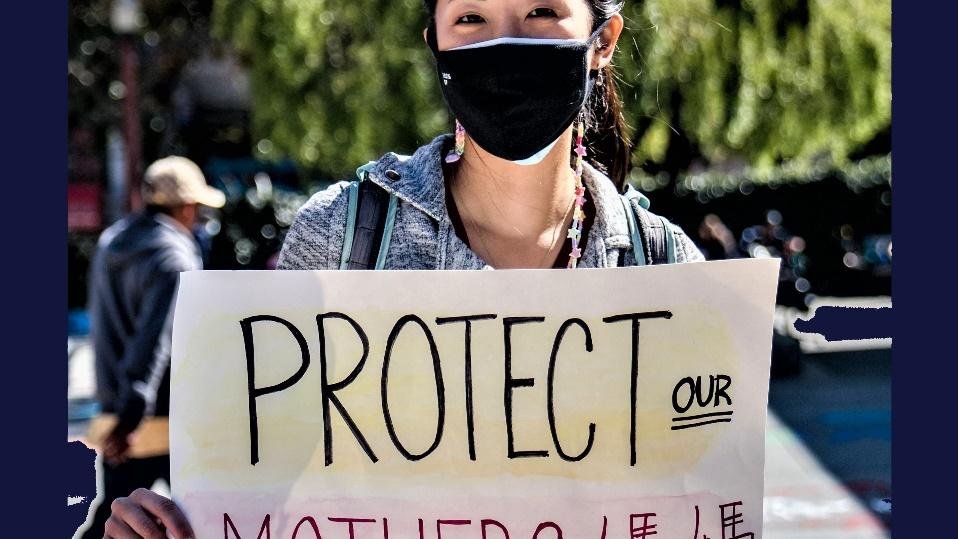Reflections & articles
Questions and reflections to help us engage dilemmas that matter
by considering the brain & the spirit.
How do we talk about racial harm?
After a few days of research, I excavated census data from 1830–1850 confirming the households of my family included enslaved persons. I unearthed a bill of sale in the handwriting of my fourth great-grandfather paying for the enslavement of a five-year old boy named James Walker.
Is God violent or nonviolent?
The twist is that each person’s nervous system has a different threshold, based on our memories. Brain science may be able to point us toward a useful way to think about what is and what isn’t “violent.” Under a threat alert (real or imagined), our brainstem is activated. Our heart races. Stress chemicals are released. As stress increases, our body feels discomfort, pain, and distress approaching agony. When a threat alert is chronic, it becomes physically, mentally, emotionally, relationally, and spiritually taxing to us. And when our body is under an extreme threat alert, higher learning shuts down in the brain.
What can we do to stop abuse?
When you suffer mistreatment growing up, your childbrain makes it intelligible in different ways. You might tell yourself “it was normal, everyone’s family was like that.” If you know that isn’t true because you spent time at other people’s homes, you might tell yourself, “it wasn’t so bad, there were good times too.” When a parent mistreats you, your childbrain can turn it around on you.



